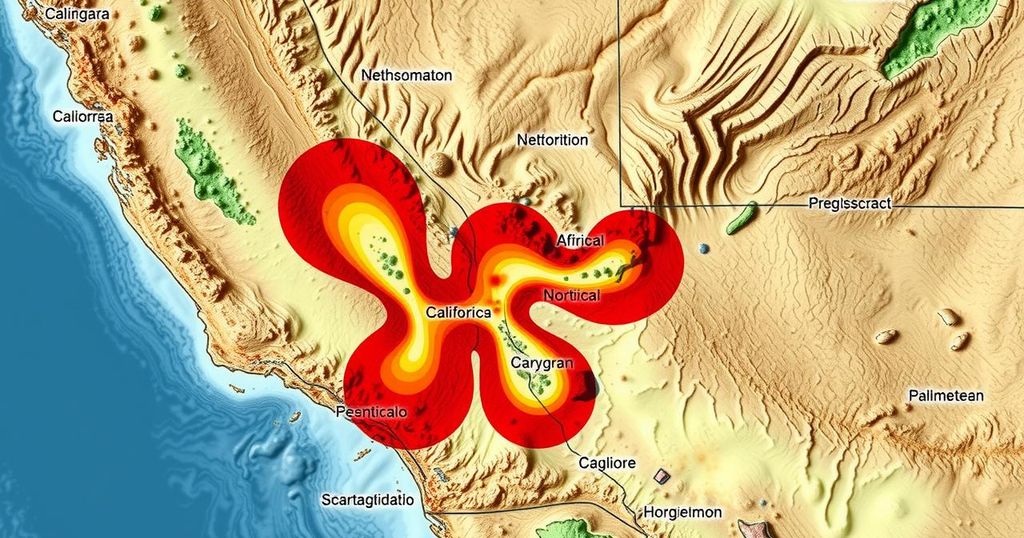A magnitude 7.0 earthquake struck Northern California near Humboldt County on December 5. Despite significant tremors felt widely, including a brief tsunami warning, no severe damage or negative impacts on agriculture have been reported. Industry stakeholders expressed confidence in the stability of their operations.
On December 5, a significant seismic event registered a magnitude of 7.0 in Northern California near Humboldt County. This earthquake, the strongest in the state since the 2019 Ridgecrest quake, was felt along the coastline, impacting areas as far south as San Francisco. Although local residents reported items falling from shelves and temporary evacuations in vulnerable locations, no considerable damage has emerged from this natural occurrence. Notably, industry stakeholders in agriculture expressed relief, indicating that they foresee no adverse effects on their operations or infrastructures due to the tremors.
The recent earthquake in Northern California has drawn attention not only for its magnitude but also due to its geographical implications. The region, often associated with significant agricultural output, particularly around Salinas Valley, has a complex relationship with seismic activity. The state’s history of earthquakes raises concerns for residents and businesses alike; however, industry experts have reported minimal disruption following this latest event. The investigation of potential impacts on agriculture is crucial, given California’s vital role in the national food supply.
In summary, the 7.0 earthquake that struck Northern California has prompted a thorough examination of its immediate effects and potential repercussions within the agricultural sector. Despite the initial tremors and minor inconveniences, industry representatives and observers report that the region’s agricultural operations remain stable. This incident underscores the resilience of California’s infrastructure and the ongoing need for diligence in monitoring seismic activities.
Original Source: m.andnowuknow.com






